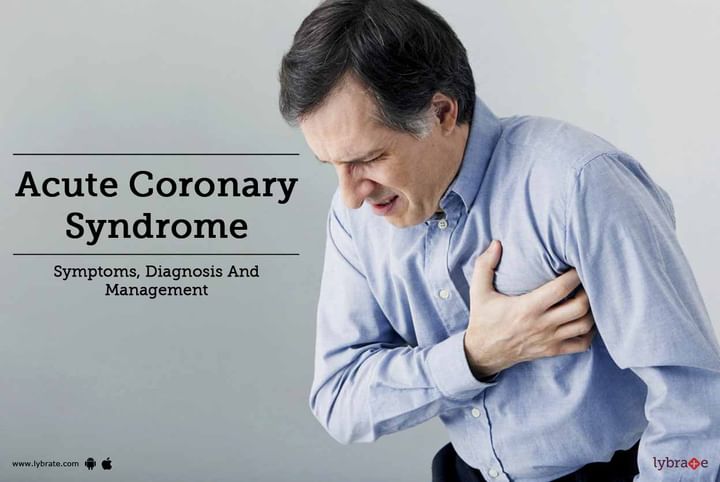Acute Coronary Syndrome - Symptoms, Diagnosis And Management
The word Acute coronary syndrome refers to a group of symptoms that are caused by blockage of the blood flow to the heart muscles. The most common result of this is myocardial infarction or heart attack as it is popularly called. Reduced blood flow leads to death of some portion of the heart muscle wall. While the word heart attack sounds almost fatal, it need not be the case. Knowing how to identify an attack and being aware of some simple measures can help save lives.
Symptoms
The tell tale signs of a heart attack are as follows:
- Chest pain and discomfort usually described as a tightness or burning in the chest region
- Pain along the left side of the shoulder and neck, going up into the jaw, down to the arm
- Nausea and vomiting
- Profuse sweating
- Difficulty breathing
- Dizzy or fuzzy feeling
- Tired, extreme fatigue
- Anxious, apprehensive feeling
However, be also aware that there are a lot of people who experience a silent heart attack. Women, obese, elderly, and diabetic patients can have silent attacks and depending on severity, either they go on with life as usual or can have a fatal attack.
Diagnosis
Once you are doubtful of a heart attack, the next step is to reach the closest medical facility for a diagnosis. In addition to a detailed examination and history, the following two tests will be performed.
- Electrocardiogram (ECG): A 12-lead ECG will measure electrical activity of the heart and identify irregular electrical activity, which is indicative of a myocardial infarction.
- Blood tests: Presence of certain enzymes in the blood, CK-MB and troponin are indicative of a heart attack. A complete electrolyte profile also will be done, and increase or decrease of some electrolytes is helpful in diagnosing a heart attack.
- In addition to these two, chest radiography, cardiac angiography, echocardiogram, stress test, and computed coronary tomography may also be required to confirm the diagnosis.
Management
Once diagnosed, the first step would be to relieve the symptoms, negate the effects of reduced blood flow, and restore cardiac function.
- Dissolve the clot: Using thrombolytics like clopidogrel
- Nitroglycerin: To dilate the blood vessels and improve blood flow, especially to the heart muscles
- Anticoagulant therapy: Blood thinners are usually used to avoid blood clot formation; aspirin and heparin are the most commonly used agents.
- Drug therapy: Blood pressure maintaining drugs like beta blockers and/or angiotensin-converting enzyme (ACE) inhibitors are also used
- Use of statins: Statins are used to reduce the amount of cholesterol in the blood and stabilize plaque deposits.
In very severe cases, angioplasty and stenting or coronary bypass surgery may be required. Educating people on how to identify a heart attack and manage it is very useful and can help save lives. If you wish to discuss about any specific problem, you can consult a cardiologist.



+1.svg)
